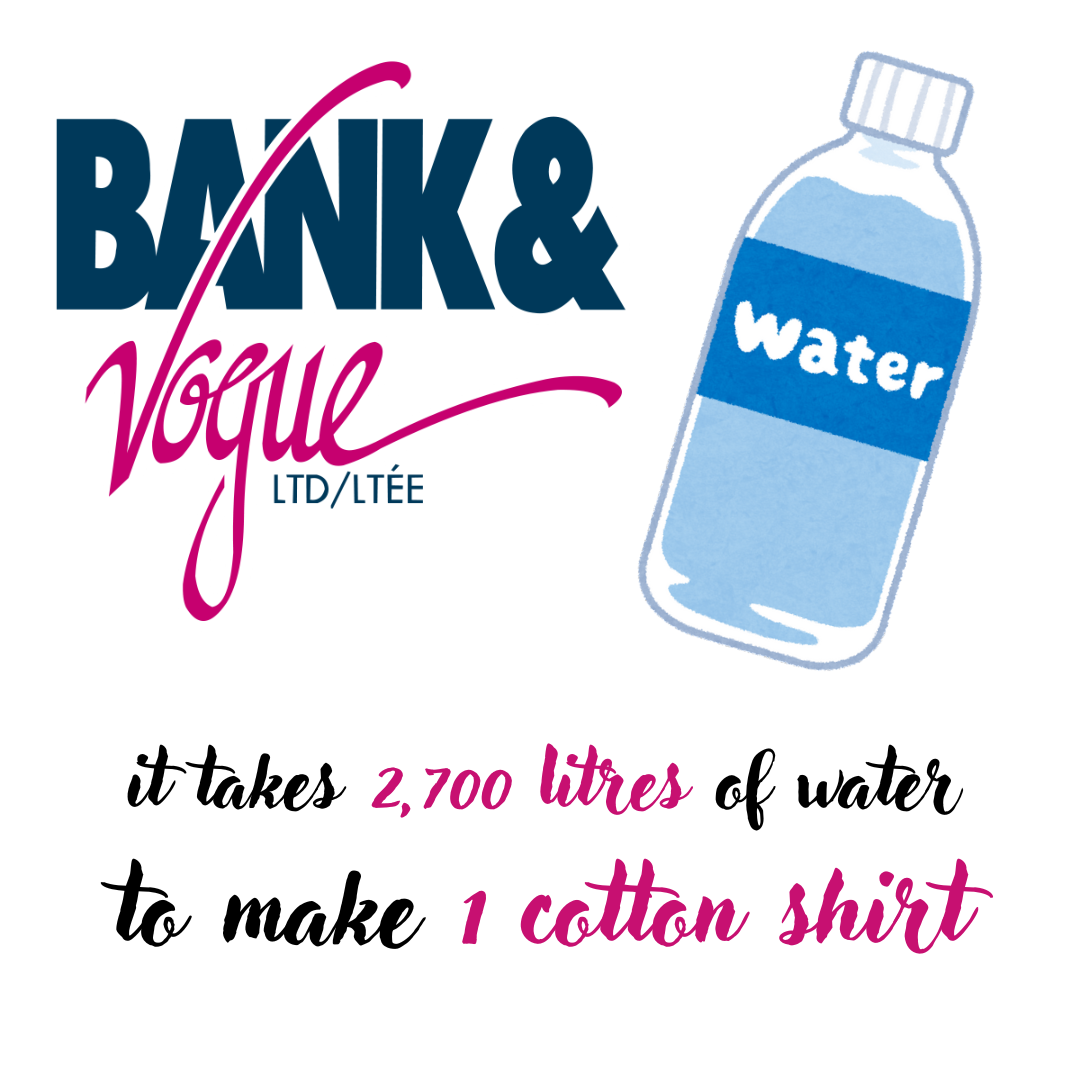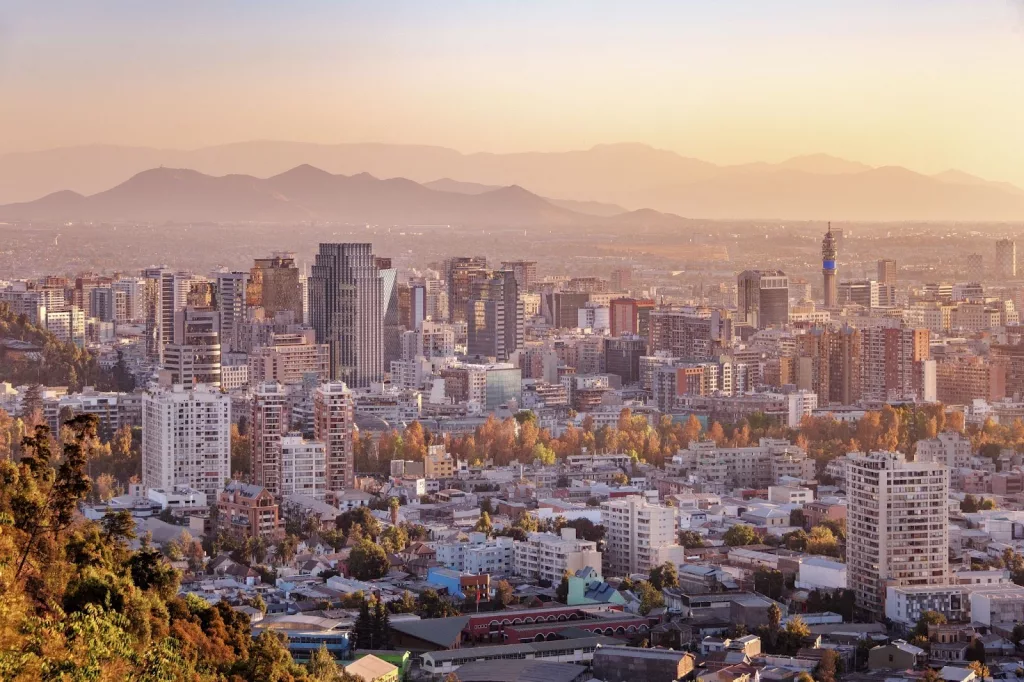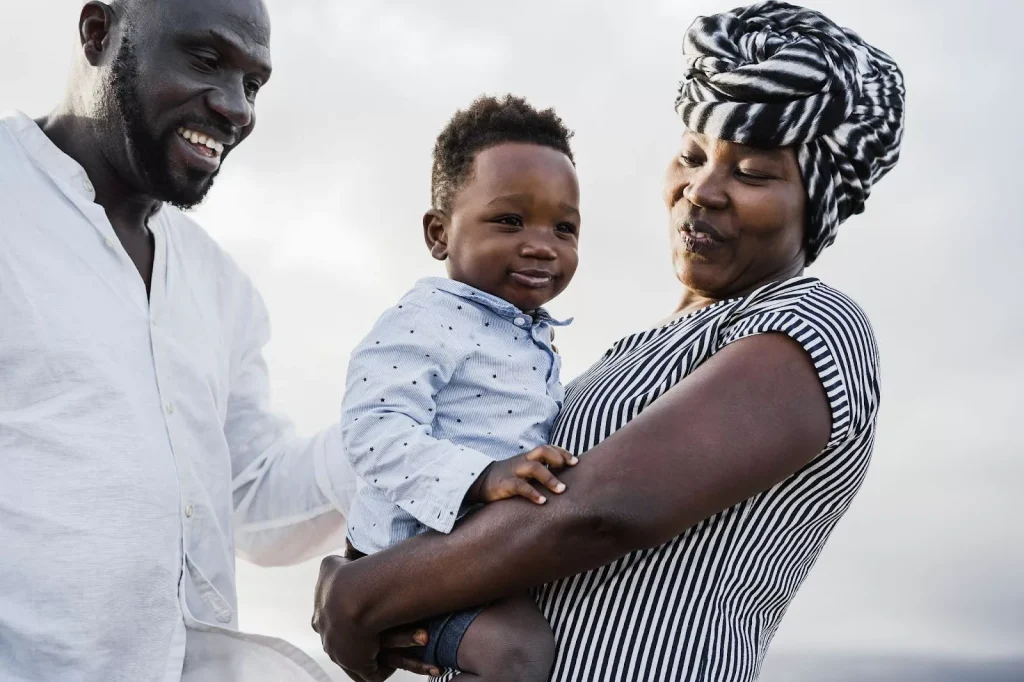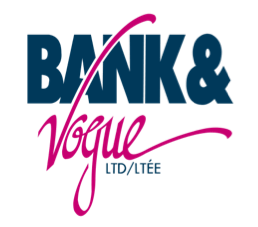As overconsumption and fast fashion continue to wreak havoc on the environment, countries around the world are turning to used clothing as a more responsible, accessible alternative. But the second-hand industry looks different depending on where in the world you are.
The global second-hand clothing market size was valued at USD 45.3 billion in 2024, with a projected growth to USD 126.6 billion by 2033, while other estimates place the current market even higher. The apparel resale market is forecast to grow by roughly 150 billion dollars from 2023 to 2028, as consumers increasingly prioritize both economic value and environmental responsibility.
From economic drivers to environmental impact, here’s a region-by-region look at the current global state of second-hand clothing, with the latest statistics, trends, and challenges.
Global Sustainability & Second-Hand Challenges
The urgency behind the second-hand clothing movement becomes clear when examining global textile waste. The textile industry sends 40% (with some sources claiming up to 85%!) of waste to landfills, and with textiles taking 200+ years to decompose, this is simply not sustainable in the long run. Only 15% of used textiles are recycled, and of this 15%, many are shipped overseas, where they end up in landfills anyway, as the infrastructure of waste management in developing regions is usually less advanced.


Putting things into perspective and numbers that are more quantifiable for the average person, it takes 2,700 litres of water to make ONE cotton shirt, according to the World Resources Institute. New clothing can have a truly devastating effect on the environment, which is why it’s so important to repurpose and recycle clothing efficiently.
At the same time, we are moving in the right direction. The Global Circular Economy of Textiles Market is projected to grow substantially over the next few years, indicating massive infrastructure investment in textile recycling and reuse systems worldwide. In the consumer market, 52% of US consumers shopped for second-hand apparel in 2022, demonstrating mainstream adoption.
Next, let’s talk about standout regions in the second-hand marketplace, and how developments in second-hand economies are beginning within these regions, whether large or small.
Chile’s Role in Circular Innovation
Chile has emerged as a testing ground for innovative approaches to textile waste, with its unique geographic conditions providing valuable insights for other arid regions worldwide. The country’s position as a major importer of second-hand clothing has created both challenges and opportunities for developing effective circular economy solutions.


Chile imports roughly 126,000 tons of second-hand clothing annually, primarily from the U.S., China, and South Korea, making it among the top 5 global importers of used clothing and textiles. While up to 75% of this clothing is considered “non-reusable” and ends up dumped, especially in the Atacama Desert, responsible players in the industry argue that the actual waste rate is far lower, closer to 5–10%, when proper sorting and reuse systems are in place.
Chile is the richest country in South America, while its consumption habits in the context of sustainability are still poor.
Innovators like Ecocitex are turning waste into opportunity, producing new yarn from discarded textiles without water or dyes, while the government is also expanding its Extended Producer Responsibility Law (REP) to include textiles, leading to mandates for clothing importers and an increased responsibility for the waste they create.
Guatemala’s Socioeconomic Drivers and Growing Demand for Second-Hand
The value of second-hand clothing imports in Guatemala has surged in the past decade, becoming the 3rd largest importer of Used Clothing in 2023. The industry provides vital access to affordable apparel, especially in a country where over 50% of the population lives below the poverty line.
Looking ahead, the second-hand sector is projected to create 3 million jobs across Central America by 2042, signalling its potential as a major economic engine.
The growth in Guatemala reflects broader trends across Central America, where second-hand clothing serves as both an economic necessity and an environmental solution.
The sector has become increasingly sophisticated, with improved sorting and distribution networks that maximize the value of imported textiles while minimizing waste.
New recycling stations spearheaded by WWF Guatemala, have been implemented across the region to help create awareness and incentivize recycling in public capacities, showcasing a desire to continue moving towards sustainability.
Africa’s Economic Necessity
In Kenya, up to 80% of clothing sold is second-hand, known locally as ‘mitumba’, and this sector supports millions of jobs across the continent, including countries like Angola, Malawi, and Mozambique.
But there’s also a mounting waste crisis. Despite the challenge, a growing movement of African designers is reclaiming textile waste to create upcycled, high-quality garments that reflect both tradition and innovation.
The African second-hand clothing market represents one of the world’s largest and most complex textile ecosystems, and it continues to develop largely in part “off the back” of second-hand clothing and recycling.
While providing essential economic opportunities and affordable clothing access, the continent also faces significant challenges in managing textile waste, particularly as import volumes continue to grow. Innovative local solutions are emerging, with entrepreneurs and designers finding creative ways to transform waste into valuable products.
Resale Amidst Inflation in Argentina
Many Argentinians have turned to thrift and second-hand fashion for affordable clothing amidst skyrocketing inflation and overall volatility. Local initiatives like Eureka Vintage Club are helping shape a more circular fashion culture, promoting sustainable practices like plastic-free packaging and responsible resale.
The volatility has also led to an expansion of ‘cartoneros’, poor Argentines who look for discarded treasures to resell to make their daily living. In a region where 40% is affected by poverty, recycling is a lifeline for many. The number of ‘cartoneros’ is roughly 25,000, and 100,000 rely on the activities that bleed out of this work.
Buenos Aires, in particular, has seen a rise in recycling participation, indicating a shift in consumer behaviour toward sustainability and waste reduction.
Argentina’s economic challenges have accelerated the adoption of second-hand clothing, creating a market that comes from necessity and survival. The country demonstrates how economic pressures can drive sustainable consumption patterns, offering valuable lessons for other regions facing similar challenges.
United States, a Major Player in the Textile Economy
The U.S. is both a major exporter and end user of second-hand clothing. As tariffs on low-cost imports from countries like China continue, new clothing prices are expected to rise. This may boost demand for second-hand options, as consumers look for affordable yet higher-quality alternatives. The genesis of second-hand clothing is economic hardship, and it’s also true for North America. While fashion is a component, cost savings is a larger contributor in any, if not all, economies.
American consumers are increasingly embracing second-hand shopping, driven by both economic and environmental considerations, but also in part due to it being framed as “vintage” and education that makes recycling hip and mainstream.
There’s also a growing cultural shift. As Steven Bethell, a leader in the sustainable fashion space and co-founder of Bank & Vogue, puts it: “The items that you consume could actually be part of not only a regenerative but a restorative economy.”
“The items that you consume could actually be part of not only a regenerative but a restorative economy.”
This new mindset could redefine how the U.S. approaches fashion, away from disposability and toward long-term value. The country’s role as both a major consumer and exporter of textiles positions it uniquely to influence global circular economy developments.
What’s Next?
In Part 2, we’ll explore:
- How Europe, South Asia, and Southeast Asia are adapting to the rise of second-hand fashion
- The role of digital resale platforms in shaping the global landscape
- Challenges in textile recycling infrastructure and the push for circularity
- Forward-looking policies and grassroots movements redefining the future of fashion
How Bank & Vogue Continues Making a Difference
Our mission at Bank & Vogue is to create a better world by reusing, reducing,recycling, and upcycling. We are leaders in the buying and selling of bulk used goods, and we’re developing the global logistics behind it.
Join us, and help us reduce the amount of waste we produce, reuse what can be reused, and recycle the rest.
If you are looking to buy or sell bulk used shoes, clothing or other goods, contact us today: https://bankvogue.com/








